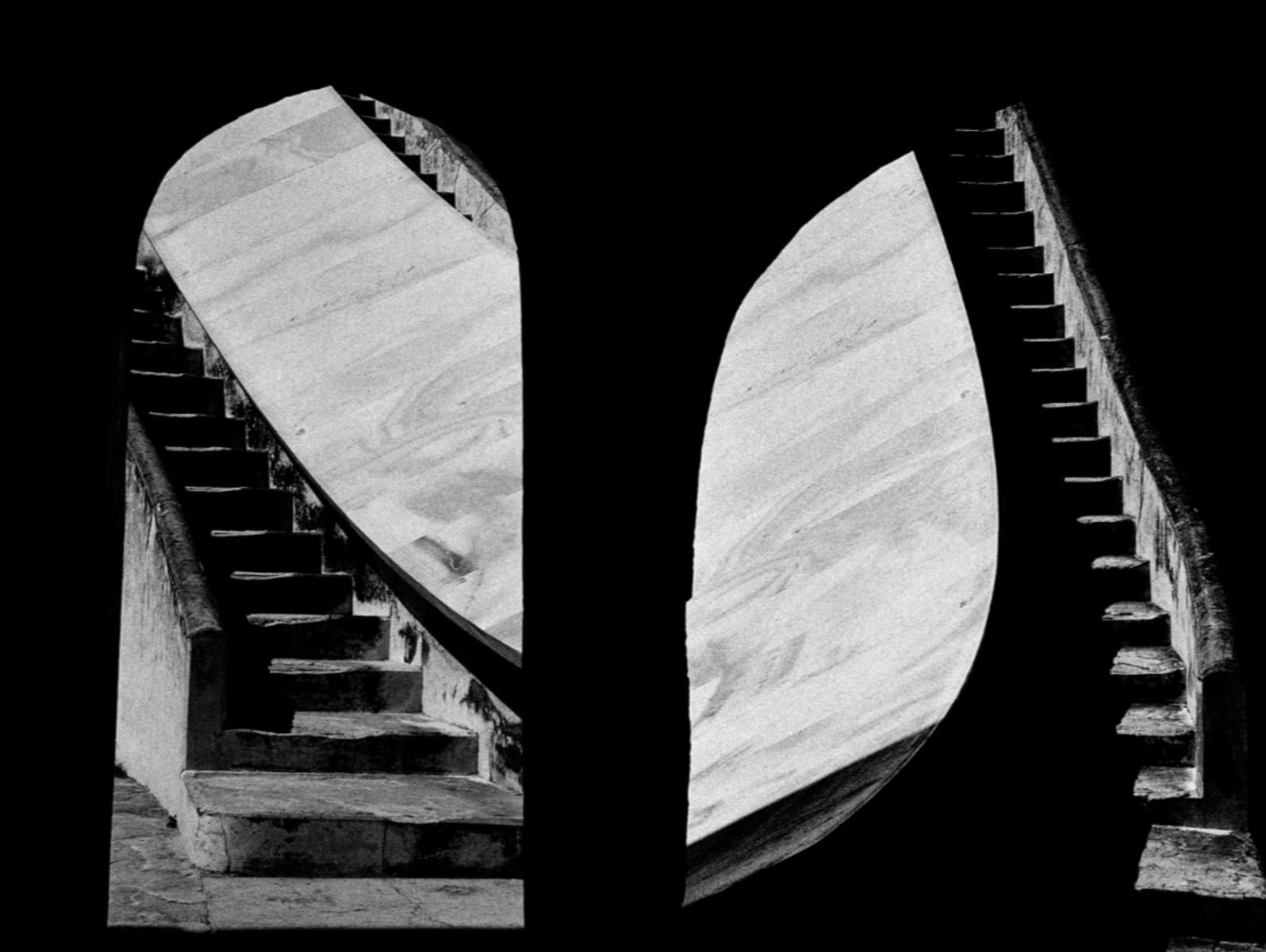Simon Chaput’s recently released book pays tribute to the Indian observatory of Jantar Mantar in Jaipur. Built 300 years ago, the observatory is a collection of 19 architectural astronomical instruments, some of which were built in two versions with different orientations that took into account the two solstices. It was built at the instigation of Maharaja Sawai Jai Singh, head of the Amber State and ally of the Mughal Empire. Relying primarily on Indian astronomy, the complex was used to predict eclipses and other astronomical events. Back in the 18th century, the observational techniques and instruments used in Jai Singh’s observatories were superior to those known by the European Jesuit astronomers he invited to visit. Through Chaput’s pictures, the legacy of the landmark is kept intact, and a centuries-old astronomical quest revived through abstract forms and geometry.
Schedule an appointment here.


